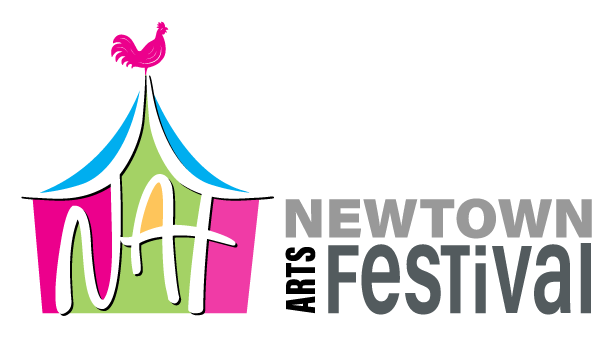How to Train Your Dog & Top Training Tips
Articles
Now, there’s no denying that those techniques can be effective. Or there are commercial treats available in https://dogtrainingfaster.com/shiba-inu-training/ the store that are high-value. Now, what makes a treat high value is when your pup doesn’t get it often. Some parents figure that being in control is simply choosing the area to train Fido. So you’re actually saving yourself time by following this tip. When that happens, the cue you worked hard for can become ineffective.
- Class sizes are small and are hosted by an experienced trainer.
- It also means setting a routine for meals, playtime, walks, and naps.
- He uses only positive training techniques, and George’s bright personality and high-production quality make his channel compulsively watchable.
- It occurs when your dog’s emotional reaction to a trigger (e.g., a stranger or a family member) is one of appeasement, perhaps even fear.
- Consistency is critical when teaching any new behavior to your dog.
The best time to start potty training is when your puppy is weeks old. By this age, they have enough control over their bladder and bowel movements to learn where to go potty. To effectively teach your dog the “down” command, you will need patience, consistency, and positive reinforcement techniques. Puppy Trained Right memberships cost about $299, and you get one year of access to all of the site’s training content. Its methods are based on positive reinforcement, and the video-based format gives you the flexibility to work at your pace rather than committing to a class schedule.
This helps them understand that they are doing the right thing and encourages them to repeat the behavior. The next step is to introduce the hand gesture to signify a high-five. Start by luring your dog towards their designated sleeping area with a treat while saying “go to bed” in a clear and firm tone. Train your dog to go to her designated sleeping area on command. Try using this command before activities that excite your pup, such as mealtime or playtime. Forcing can lead to resistance and make it more challenging for them to learn the command effectively.
There are tried-and-true methods for training your puppy, says Mary Burch, Ph.D., director of the AKC’s Canine Good Citizen and S.T.A.R. Puppy programs. While she says there are pros and cons to each, they all can be successful if you follow a few basic tips. You’ll need to learn when they need to go out, what their tell-tale signs are, and make a point of taking your dog outside on a regular basis – and never forget to reward them. Don’t just expect them to know what to do and where to go.
How to Get a puppy to Listen Once Distracted
I could literally go on and on with all the great things this program has brought into my life and all the information I’m walking away with. I would absolutely recommend America’s Canine Academy for training with any dog or just to gain knowledge no matter your geographical location. Potty training is an important part of bringing a new puppy into your home. It not only promotes cleanliness and hygiene, but it also lays the groundwork for excellent behavior and communication between you as parents and your pet. When your dog goes potty where she’s supposed to, be sure to reward her with praise and treats — whatever motivates her. Do this immediately after she goes to help her make the mental connection between action and reward.
Recognize Common Dog Training Challenges
Take note of how your mood impacts your dog and adjust accordingly. This is especially important if your dog is reactive (meaning they can overreact in response to certain triggers). It’s embarrassing and frightening when your dog is barking and growling at other dogs or people, but if you get worked up, it will only feed your dog’s reaction. However, if you project an air of relaxed confidence, it will help your dog trust you have things under control. Make it easier for your dog to learn a new language by giving each behavior a single, unique cue.
This will assist you in predicting when they’ll need to go pee. Maintain consistent mealtimes and avoid keeping food out for them to nibble on. Only put food and water out for the dog during scheduled meal times or water breaks. Then plan to take the dog outside to go potty shortly after.
This is particularly critical during the sensitive (or primary) socialization period between 3 to 14 weeks old, where a puppy’s brain is most like a sponge. Dog breeders and dog rescues care for puppies during much of this time, so select one that has a dynamic socialization program, since you’ll pick up where they leave off. Pitbulls are an energetic breed that requires regular exercise. Aim for at least an hour of physical activity every day to keep them healthy and responsive to training.
You are investing in a future of cleanliness and harmony with your most children and cherished canine friends by investing in the initial potty training phase. Sometimes you might think you hear your cat using their potty, but when you go into check, it’s actually the dog eating cat poop. While it seems pretty revolting to us, dogs sometimes eat poop, the feline variety included. Marking behavior can develop in dogs after their housetraining is concluded, as dogs mature and hormonal levels change.
If your Pit Bull is a puppy, this is the perfect time for them to start socializing with other people, dogs, and any other pets in your home you want them to get along with. For reference, puppies aged 3–14 weeks are most likely to retain good habits learned from socialization. Dog training can be a frustrating experience, but it is also very rewarding. A well-behaved dog can exhibit good behaviors for years and years. Training a Pitbull requires patience, consistency, and socialization.
